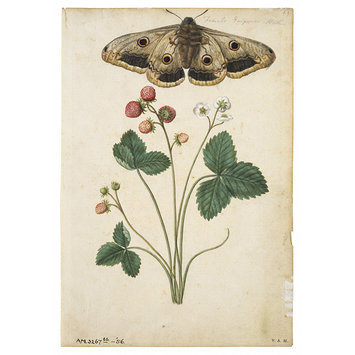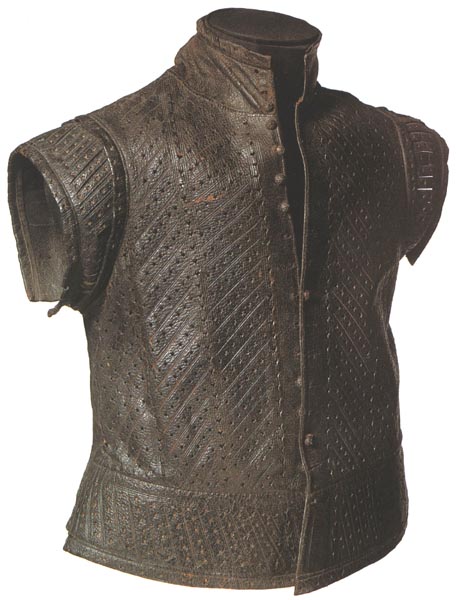Conveniently, I had the perfect small project in mind: garters. I have done several types of garters over the years: macrame, blackworked bands, tablet woven, and strips of silk, I have also tried buckled ones of leather and random bits of ribbons and tapes grabbed at the last minute. They tend to slip down if I have them comfortable enough to wear without worrying about blood clots forming in my legs, untie, or just be too tight, so I have yet to find the perfect garter for me. I read rave reviews from people who had tried out knitted ones. There was much exclaiming of "They don't call it garter stitch for nothing!" So I decided to give it a shot. Thanks to the research of Daniel Rosen (Old England Grown New) and Christine Carnie of The Sempster, I found two extant pieces to base my garters on. The Sempster's link will take you to her Facebook album on 16th century garters with the pair she knitted for Daniel as well as pictures of a fragment in the Museum of London (object number NN18752, dated 1500-1599. It is not part of their digital collection) and a garter found in Haddon Hall in an account book dated 1632. The Haddon Hall garter is about 1 1/2 inch wide and the Museum of London fragment has a large variety but is close to 6/8 of an inch, according to Ms. Carnie. She examined the Museum of London's piece up close but only was able to see the Haddon Hall through the glass case.
 If you have a look at those pieces you'll notice they are pretty utilitarian and nothing like the patterned set of knitted silk garters done in the round with gorgeous tassels found at the MFA. Those are still on my list but nothing that complex is going to fit into the project schedule this go around. Nor are my knitting skills quite there. There doesn't seem to be an end treatment on the Haddon Hall garter so I decided not to justify my normal tendency to over do things and to just go for plain bands. Back and forth and back and forth and back and forth and back and forth. Sportweight yarn, 6 stitches per row.
If you have a look at those pieces you'll notice they are pretty utilitarian and nothing like the patterned set of knitted silk garters done in the round with gorgeous tassels found at the MFA. Those are still on my list but nothing that complex is going to fit into the project schedule this go around. Nor are my knitting skills quite there. There doesn't seem to be an end treatment on the Haddon Hall garter so I decided not to justify my normal tendency to over do things and to just go for plain bands. Back and forth and back and forth and back and forth and back and forth. Sportweight yarn, 6 stitches per row.This is one of the most tedious things I've ever done. I took them as my project over Memorial Day weekend camping with the kids. So there was plenty of time in the car and while sitting around to work on them. I'm not sure I would have got them done nearly as quickly if I had other distractions and the ability to switch to something more exciting. But they do have a lot of grip and a lot of stretch so I am hopeful they will be a good idea.






































_de'_Medici.jpg)









